- Car
- Hanomag (1 offer)
Hanomag Classic Cars for Sale
Hanomag played a defining role in German engineering, from steam locomotives and tractors to compact cars and utility vehicles. The brand is renowned for technical innovation—such as early diesel passenger cars—and a diverse model range from the Kommissbrot microcar to robust tractors like the R324. Hanomag vehicles are highly regarded among classic enthusiasts for their engineering clarity and automotive history.
Search results
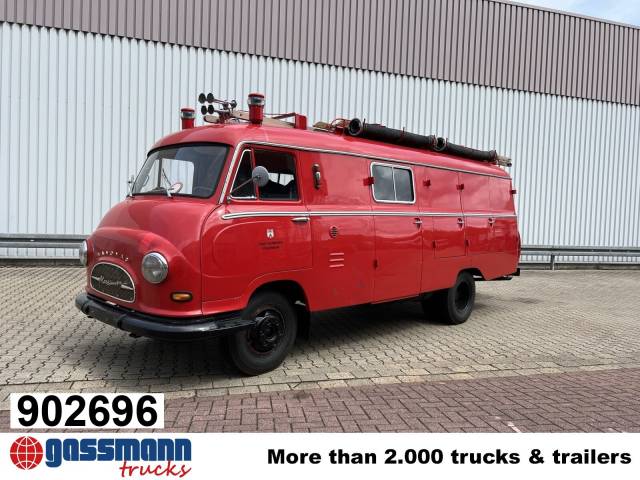
1963 | Hanomag Markant
LF8 Markant L Diesel - Oldtimer
Hanomag listing references from Classic Trader
Below you will find listings related to your search that are no longer available on Classic Trader. Use this information to gain insight into availability, value trends, and current pricing for a "Hanomag" to make a more informed purchasing decision.
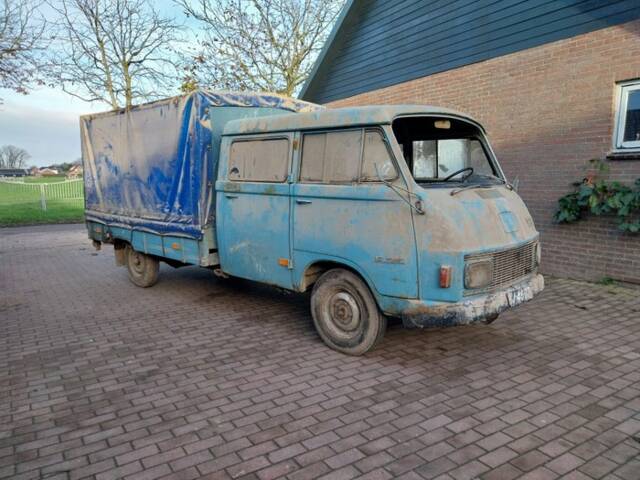
1970 | Hanomag F 25
Hanomag Henschel - F25 Pick-Up - NO RESERVE - 1970
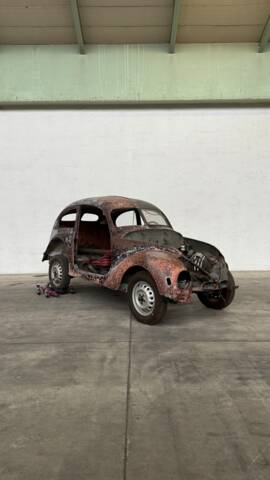
1939 | Hanomag 1.3 Litre Autobahn
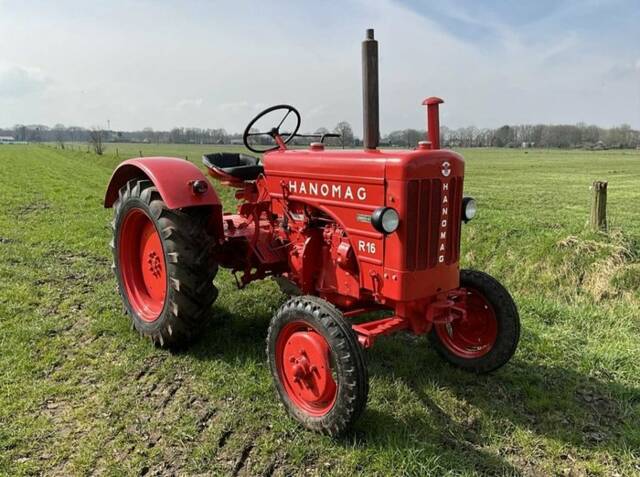
1956 | Hanomag R 16 A
Hanomag - R16a - NO RESERVE - 1956
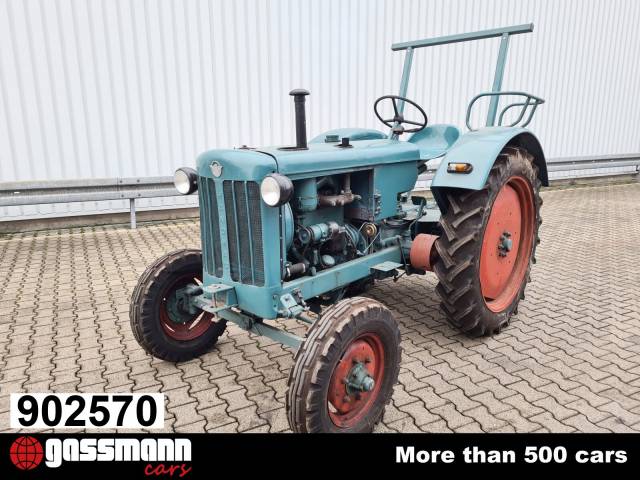
1956 | Hanomag R 27
HANOMAG - R 27

1924 | Hanomag 4/20
Hanomag - Kommissbrot 2/10 PS Coupe - 1924

1924 | Hanomag 2/10
Hanomag - Kommissbrot 2/10 PS Coupe - 1924

1963 | Hanomag Markant
LF8 Markant L Diesel - Oldtimer Feurwehrfahrzeug
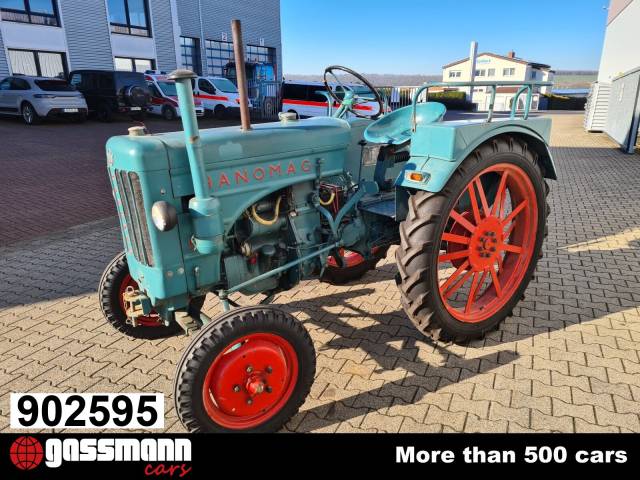
1955 | Hanomag R 16 A
HANOMAG - R 16 A

1969 | Hanomag A-L 28
HANOMAG AL 28 Ruthmann Hubwagen, 2,5t, 4x2

1956 | Hanomag R 27
R 27
History of Hanomag
Hanomag, originally founded in 1835 as an iron foundry in Hanover, transitioned from locomotive production to becoming a driving force in the German transport industry. By 1925, Hanomag expanded into automobile manufacturing, capitalizing on small vehicle concepts suitable for the economic reality of the interwar years. Notable engineers like Fidelis Böhler and Carl Pollich brought technical originality, introducing serially produced compact cars on assembly lines. The economic depression of the 1930s led Hanomag to focus on pragmatic, small vehicles, but by the mid-1930s, larger saloons such as the Rekord and Sturm followed. Hanomag introduced one of Germany's earliest diesel passenger cars in 1936, keeping pace with contemporary demands. After WWII, production shifted to tractors and industrial vehicles, and eventually, Hanomag became part of the Komatsu conglomerate in 1989.
Model History
Hanomag began its passenger vehicle journey with the 2/10 PS, a compact two-seater known as the Kommissbrot, manufactured nearly 16,000 times until 1928. Its successors, namely the 3/16 PS and 4/20 PS, followed in quick succession, evolving towards more conventional designs. By 1931, Hanomag's 4/23 PS, available as a saloon, set new standards, with certain variants later converted to delivery vans after the war. During the late 1930s, larger models such as the Garant, Kurier, Rekord, and Sturm expanded the product lineup. Tractors like the R324, launched post-WWII, further established Hanomag in agricultural sectors. Automobile production ceased in the early 1950s following the unviable Hanomag Partner prototype, redirecting the company's focus entirely to commercial and industrial machinery.
Highlights and Characteristics
Hanomag vehicles are characterized by technical clarity and sturdy construction, visible both in their passenger cars and the long-lasting series of tractors. For example, the 3/16 PS (1931) had an innovative Weymann body made from a wooden frame and artificial leather, while models like the R324 and related tractors benefit from hydraulics and reliable engines. Hanomag was an early adopter of diesel engines in passenger cars, being ahead of many competitors. Their vehicles were produced in various configurations, from limousines and utility vans to versatile agricultural tractors, which allowed Hanomag to cover a broad user base in Europe and beyond.
Technical Data
Special Editions and Rare Models
True collector pieces include the Hanomag 3/16 with Weymann body (wood frame, artificial leather) and postwar conversions of the 4/23 PS into delivery vans, considered predecessors to modern estate cars. The Hanomag Partner prototype from 1951, although not mass produced, remains a rare sight, representing the company's last attempt at car production.
Engine and Driving Characteristics
Hanomag models are noted for simple, robust chassis setups, three-speed transmissions on many prewar cars, and engines designed for ease of maintenance rather than high performance. Tractors like the R324 stand out for reliable starting, hydraulics, and operational dependability, even decades later. - Hanomag 2/10 PS (Kommissbrot): Extremely compact, rear-engined, focused on cost-efficiency and simplicity.
- Hanomag 3/16 PS: Front-mounted four-cylinder, primitive but reliable, Weymann body for lightweight build.
- Hanomag 4/23 PS: Versatile, available as saloon and van.
- Hanomag R324: Agricultural tractor, diesel-powered, known for robust engineering and practical hydraulics.
Interior, Comfort, Exterior, and Design
Hanomag used plain, honest materials—brown-tone interiors, white headliners, and straightforward controls. Early cars featured artificial leather over wooden frameworks, and body variants ranged from basic two-seaters to saloons and delivery vans. Tractor cabs and hoods were engineered for easy maintenance access. The Hanomag logo—the winged 'H'—underscored the brand’s engineering ambition. Special accessories like hydraulic shovels and lift gear expanded Hanomag’s utility, especially in the tractor sector.
Other Interesting Features
Some Hanomag models obtained historic registrations in various countries, underscoring their enduring appeal in the classic automotive scene. With international trading activities, well-preserved examples are sought after on global classic car markets.
Summary
Hanomag stands out in classic automotive circles for technical innovation, reliable engineering, and historically relevant vehicles spanning microcars, saloons, and robust tractors. The market data highlights a healthy supply and diverse demand, with the 2/10 PS and R-Series tractors as prominent models. Hanomag’s distinct story and technical solutions make its vehicles relevant for collectors valuing German mechanical heritage and historical variety.
